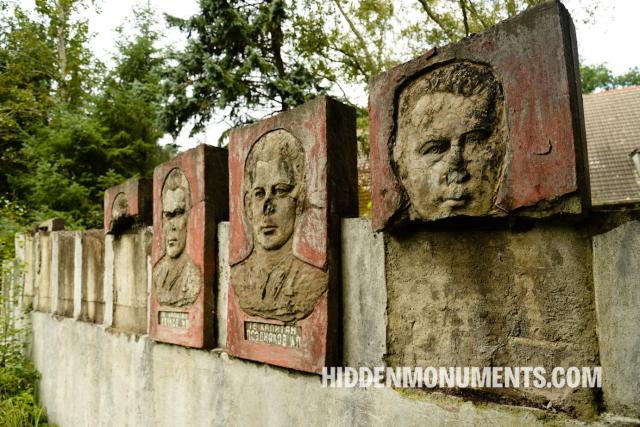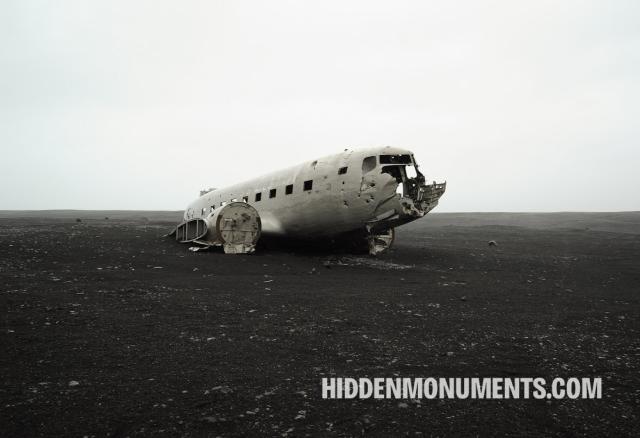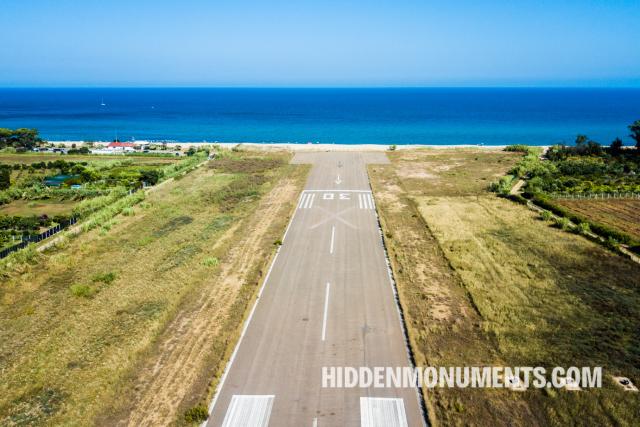Aircraft development in Germany gained momentum after Adolf Hitler came to power in early 1933.
Aviation
Embark on a journey through the skies with our guide to Europe's most hidden aviation history sites. From pioneering airfields to historic aircraft museums, this page offers a deep dive into the landmarks and stories that shaped the continent's aviation heritage.
- 10 destinations
A stone's throw from the Torre de Belém in the Portuguese capital, Lisbon, you'll pass this historic harbour crane.
The construction of the Boeing 707 ushered in a new era for aviation and tourism in the 1950s.
To train pilots to fly fighter jets, US aircraft manufacturer Lockheed built the T-33 Shooting Star in 1948, a training aircraft also used by the Belgian Air Force.
More than a hundred years ago, on May 12, 1917, the biplane of Count Paul de Goussencourt and Lieutenant de Cubber thundered from the sky during a firefight above Kaaskerke, a small town part of Diksmuide. Both died instantly.
Crumbling Soviet statues look with sorrow at the decline of one of the most important bases of the Russian air force in East Germany: the Pütnitz airport in Damgarten.
Ever since 1923, Tempelhof has seen planes come and go. The airports of Paris, Amsterdam and London disappeared into thin air next to the number of flight movements in Berlin. The terminal quickly became too small.
Get the latest stories straight to your inbox
Latest from the blog
If you love hiking and exploring industrial history, the Minett Trail in southern Luxembourg is the perfect adventure. Winding through the country’s historic steel heartland, this trail connects old industrial sites, cultural landmarks, and striking landscapes.
All photos and stories are copyrighted. Of course, linking to articles on the site is possible and allowed.
If you would like to use photos or articles from this website, please contact bart@hiddenmonuments.com.
© 2003-2025 Hiddenmonuments.com










